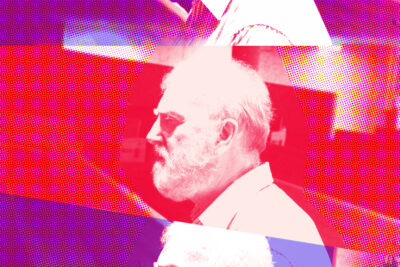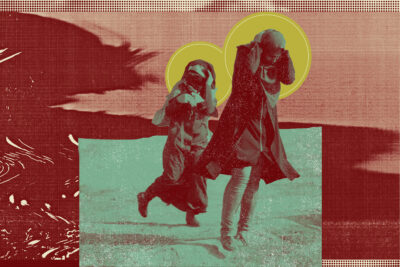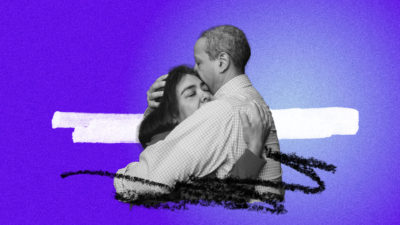I find it very emotional to meditate on the image of Mary, mother of Jesus, standing at the foot of the cross. Seeing her son who she loves so deeply, and on whom depend all her hopes, dreams, faith and self-understanding, be tortured into an excruciating and humiliating death. Perhaps I find it more painful because I know from close experience something of what Mary went through, in that I grew up knowing that my own mother had to endure the death of two of her own daughters, my sisters.
Perhaps, too, this is part of what attracted me to the spirituality of the Passion. In practice, what attracted me to the Passionists was seeing them living and working alongside the ‘crucified of today’. Joe, Austin and Nicholas were living in Toxteth, or ‘Liverpool 8’ as it is popularly known: on the front line where the riots happened in the 1980’s, and very much involved in the local community there. They moved there in 1971 and Austin died there forty years later. John and Michael were doing the ‘worker priest’ thing. Michael was a kitchen porter in Homerton Hospital, John a street sweeper then carer worker in Islington, while they lived on the Pemburey Estate in Hackney.
Standing at the foot of the cross may seem fruitless. But it is no less fruitless or important or significant than a parent keeping vigil at the bedside of a dying child. And we are all God’s children.
As John explained this to me, this was a real ‘standing at the foot of the cross’ of the crucified of today. To be with and ‘exist with’ and ‘suffer with’. To share the “joys and hopes the griefs and the anxieties of the people of this age, especially those who are poor or in any way afflicted”, in the words of the Second Vatican Council. To speak this way is to speak of a deep unity, a deep union, a deep communion: com-union, meaning to be in union-with. A union so deep and real that we could own for ourselves the words of Jesus that “whatever you do to the least of these, you do to me” (Matthew 25). Or as Eugene Debs said, “while there is a lower class, I am in it, and while there is a soul in prison, I am not free”.
Standing at the foot of the cross may seem fruitless. But it is no less fruitless or important or significant than a parent keeping vigil at the bedside of a dying child. And we are all God’s children. We are all sisters and brothers in the one family of God. And this is a very real family, a very real unity, it is not just words. If we do not realise this truth in this life, we will in the next. We are one. All is one in Christ.
All this to say that this perspective, this Passionist meditation, this Passionist life, is another way to be drawn in to the love of God: both “God’s love for us” and “our love for God”. It is another way to keep alive the memory of the Passion of Jesus: to keep alive the powerful, saving love of God, the love that Jesus demonstrated in his life, death and resurrection, and that his mother knew deep in her heart.
Related Stories

Inner State: Passionist Life in North Belfast
North Belfast is a community that has seen immense trauma over the past century – defined by political forces beyond its control.
May 30 2024

To Illumine the Mind: the Catholic diaspora in Paris
In Paris, Martin Coffey leads a church overflowing with working class immigrants. The picture of religion in France, he tells us, is not what you think.
Mar 01 2024

Stations of the Cross in Palestine
In Passionist spirituality, the Stations of the Cross are a journey transcending time: repeating in everyday suffering, especially now in Gaza.
Jan 25 2024

